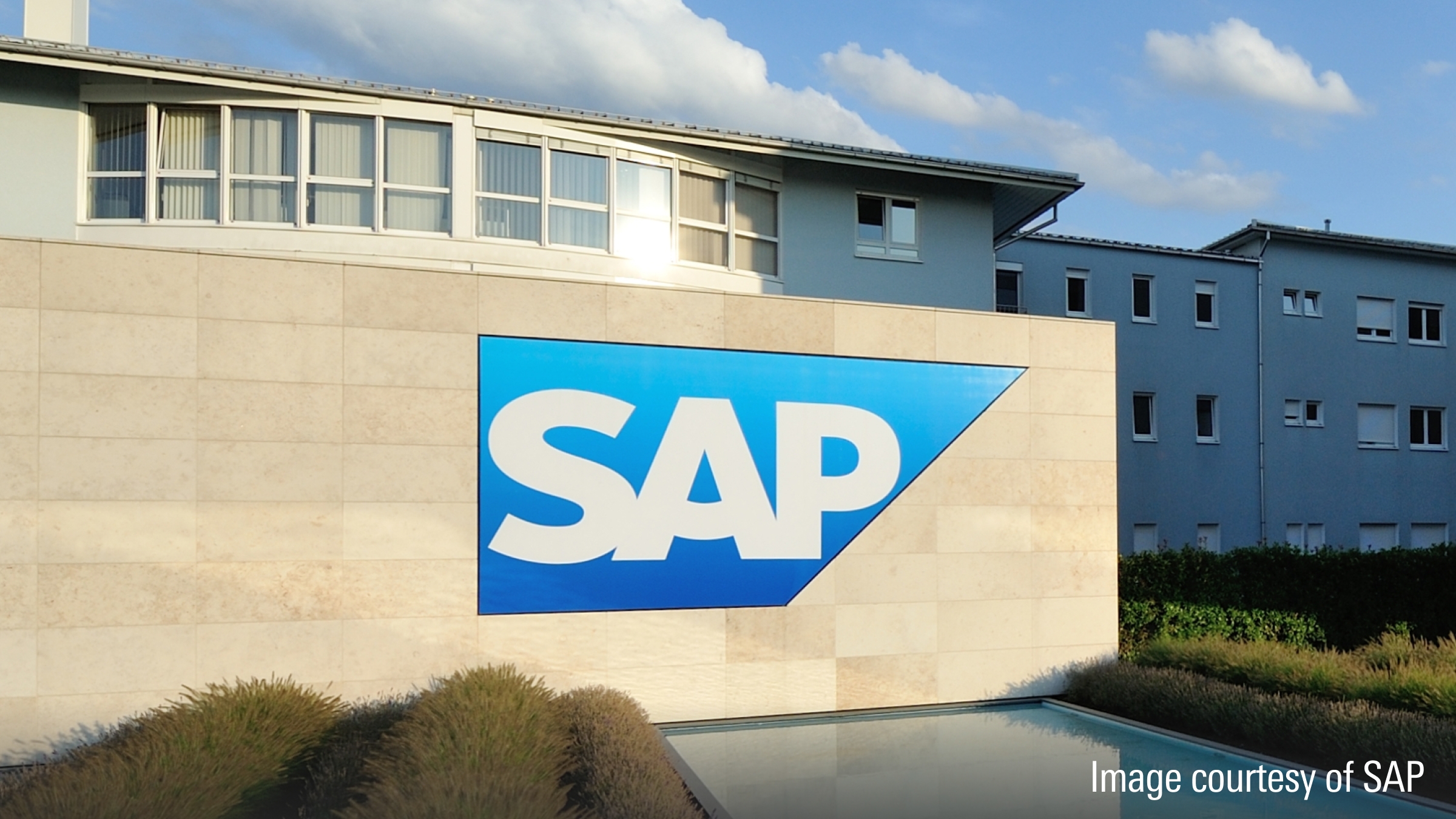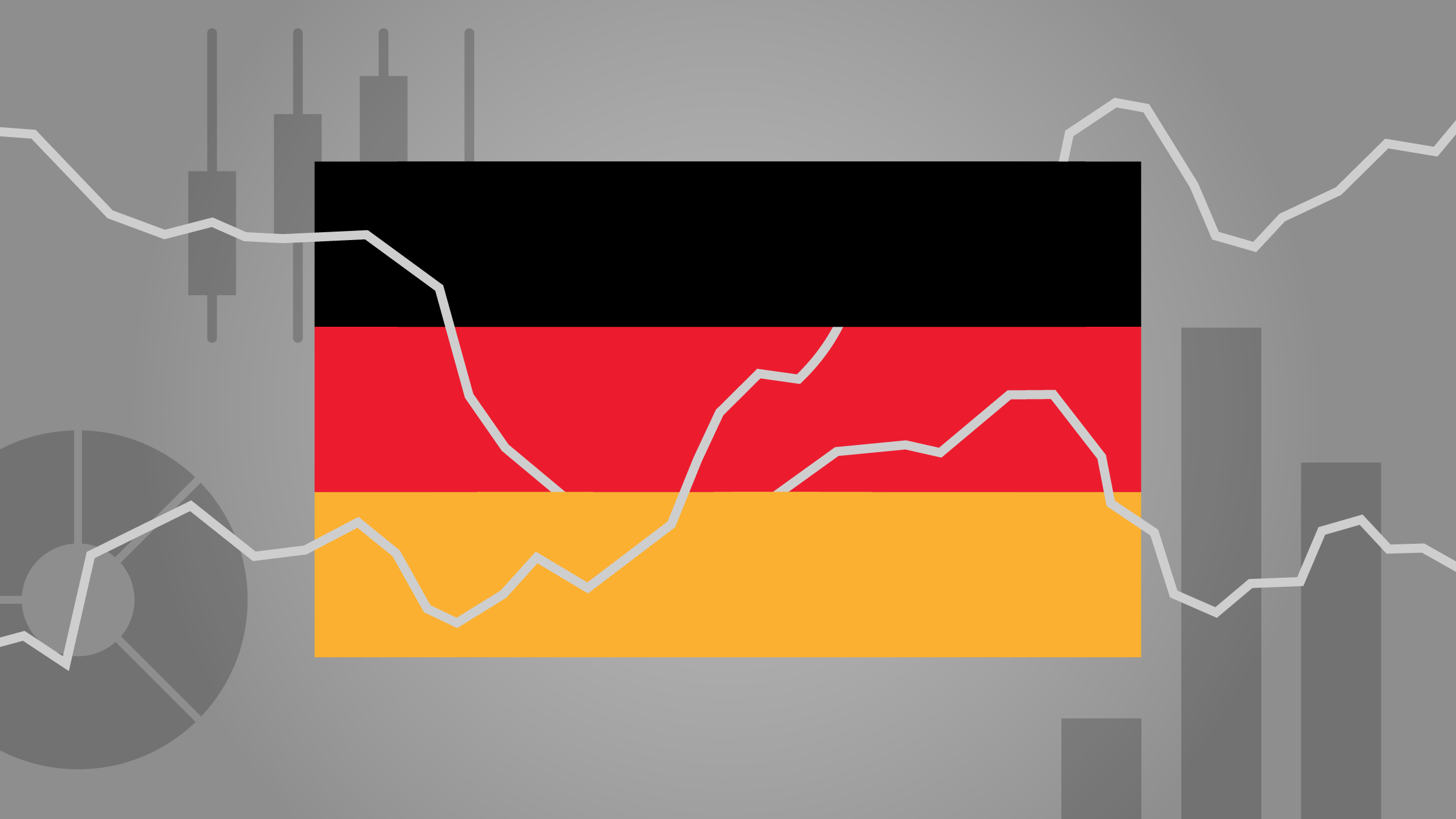Rolle im Portfolio
The iShares Markit iBoxx USD High Yield Capped Bond ETF offers investors exposure to the USD-denominated market of non-investment grade corporate debt. Gaining exposure to the high yield corporate bond market is often thought of as a way to generate higher returns relative to better credits. However, investors in this particular asset class will have to accept the trade-off of much higher notional risk vs. investment grade corporate debt. This means that expectations for a steady stream of income should be lower while the risk profile (e.g. default is not a rare occurrence in high yield) should be higher.
The combination of a substantial yield pick-up and a higher risk profile means that this ETF is probably best deployed as a satellite component within the fixed income section of an investment portfolio. Some investors with a particular high tolerance to risk may see high yield as their preferred asset to meet their exposure requirements to corporate bonds, while others may see an ETF tracking the performance of the USD-denominated high yield bond market as better capturing the essence of the this particular asset class given that globally, high yield bond issuance is largely undertaken by US-based corporations. Irrespective of whether the ETF plays a structural or tactical role, we would argue that the overall weight of this asset class within a portfolio is unlikely to be of a great magnitude.
European investors considering this ETF should also take into consideration that it is a USD-denominated instrument and should account for the effect on returns via foreign exchange gyrations. In addition, investors would be advised to keep track of monetary policy decisions undertaken by the US Federal Reserve and the effect these may have on the value of this fixed income investment. This ETF tracks an index with duration around the four year mark.
Fundamentale Analyse
The USD-denominated high yield bond market has seen significant growth over the past few years. Figures from the Securities Industry and Financial Markets Association (SIFMA) show that high yield bond issuance in the US in 2012 (note – this accounts for around 90% of global USD-denominated high yield bond issuance) stood at USD 270.4bn by end-October, above the full annual figures for 2011 and 2010 (e.g. USD 224bn and USD 264bn) which were historical highs for the market.
This substantial increase in USD-denominated high yield bond issuance has been facilitated by an economic environment of ultralow interest rates and still impaired traditional bank lending channels coupled with an increase in investor demand for fixed income asset classes away from the very safe but real return negative investment propositions that US Treasuries have become. This positive environment for high yield has led to a considerable compression in yields (e.g. the average yield as of this writing stood at 6.40%, down from 8.2% in November 2010). We have also seen narrowing of credit spreads (i.e. the yield difference to US Treasuries), although against the backdrop of historically low US Treasury yields the high yield bond market continues to offer a tasty pick-up.
The increase in the recourse to the open market at low interest rates has allowed many non-investment grade corporations a relatively easy source of funding during these troubled times. In many cases, this funding has been to refinance existing debt commitments. As a result, we have seen an extension of debt maturities that has been instrumental in the remarkable decline rates of defaults in the high yield bond market. With interest rates expected to remain at historically low levels for a protracted period (e.g. the US Federal Reserve is committed to keep the current ultra-loose monetary policy settings until at least mid 2015), chances are that positive financing conditions for corporations – and low default rates – remain in place for the foreseeable future. However, investors gaining exposure to the high yield bond market should bear in mind that these are not normal conditions. The eventual normalisation of policy (e.g. higher interest rates), whenever it may happen, is likely to trigger mean-reversion (e.g. an increase towards historical averages) both in yields and default rates for high yield bonds. This, however, remains a somewhat distant prospect as we write.
Indexkonstruktion
The Markit iBoxx USD Liquid High Yield Capped Index measures the performance of the most liquid USD-denominated non-investment grade corporate bonds issued by corporations located in developed economies. To be eligible for inclusion in the index the bonds must have a minimum outstanding of USD 400mn, minimum maturity of 1.5 years and maximum of 15. This is a market capitalisation index which for diversification purposes caps individual bond’s weight within the index at 3% or 10% in the case of 144A bonds (e.g. bonds not registered with the US SEC and sold only to qualified institutional buyers). Only fixed rate bonds with a sub-investment grade rating are eligible for index inclusion. The index is calculated on a total return basis using consolidated prices based on bid/ask quotes provided by contributing banks. The index is rebalanced on a monthly basis at the close of the last business day of the month. Bonds with remaining maturity below one year at the time of rebalancing are removed from the index. Payments from coupons and partial redemptions are held as non-accruing cash until the next rebalancing, when they are reinvested in the index.
Fondskonstruktion
iShares uses physical replication to track the performance of the Markit iBoxx USD High Yield Capped Bond index. The ETF was launched in September 2011 and is domiciled in Ireland. As the underlying index holds a fairly large number of constituents, the ETF manager uses a degree of statistical sampling in order to construct the fund. At close inspection, the difference between the index and ETF baskets as it pertains the number of constituent bonds tend to be on the small side (e.g. 715 for the index vs. 690 for the ETF as of this writing). In that sense, the notion of statistical sampling is perhaps best understood as some leeway for the ETF manager when it comes to allocation of statistical weights to individual bonds and/or issuers. The bulk of High Yield issuance is carried out by industrial corporations and this is duly reflected in the fund’s composition by sector, with around 80% of constituents falling under the category of industrial and the remaining 20% shared out on a 60/40 basis by financials and utility. With regards to geographical exposure, 90% of the ETF’s components are bonds issued by US-domiciled corporations, with the remaining 10% split into a large number of countries. All bonds are USD-denominated. The ETF distributes dividends on a semi-annual basis, with the historical data so far showing a May-November payment pattern. iShares may engage in securities lending in order to optimise the ETF’s tracking performance. BlackRock acts as investment manager on behalf of iShares. As from June 2012, the amount of securities that can be lent has been capped to 50% per fund. Lending operations are hedged by taking UCITS-approved collateral greater than the loan value and by revaluing loans and collateral on a daily basis. The collateral is held in a ringfenced account by a third party custodian. The degree of overcollateralisation is a function of the assets provided as collateral, but typically ranges from 102.5% to 112%. Lending revenue is split 60/40 between the ETF and BlackRock, respectively.
Gebühren
The total annual expense ratio (TER) is 0.50%. This seems to be average for ETFs providing exposure to the high yield corporate bond market. Additional costs potentially borne by investors and not included in the TER include bid/offer spreads and brokerage fees when buy/sell orders are placed for ETF shares.
Alternativen
In terms of market exposure, if by that we understand exposure to the USD-denominated high yield bond market, the main alternative to this iShares ETF is the Source PIMCO Short-Term High Yield Corporate Bond ETF. This is a physically replicated ETF charging a TER of 0.55% and tracking the BofAML 0-5y US High Yield Constrained Index. Investors in this ETF would thus be restricting exposure to the shorter-end of the high yield market, inclusive of bonds with maturity below one year which are not part of the index tracked by the iShares vehicle. This may have implications in terms of pricing dynamics of these bonds.
Other European-domiciled alternatives to this iShares ETF would require investors to adopt a flexible approach with respect to market exposure as they either track indices measuring the performance of the EUR-denominated high yield bond market or have a global scope combining both USD and EUR-denominated issues. It seems fair to say that ETFs giving sole exposure to the EUR-denominated high yield bond market could be seen as both as a complement and an alternative to this iShares fund. Meanwhile, the iShares Global High Yield Bond ETF, launched in November 2012, which tracks a Markit iBoxx index with a 70-75% USD-denominated exposure and around 25% EUR-denominated is a one-stop shop for investors seeking comprehensive exposure to this asset class.
















